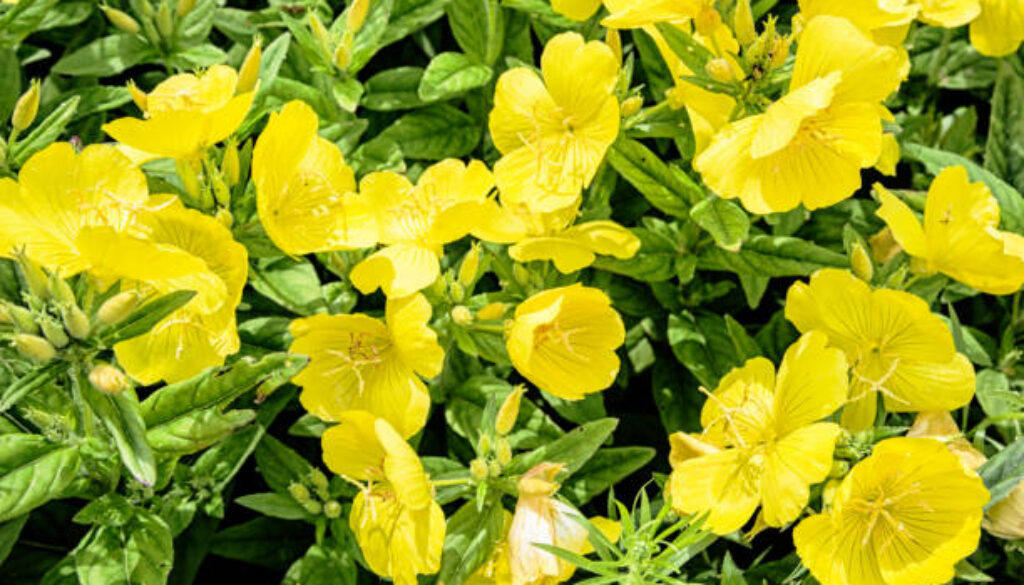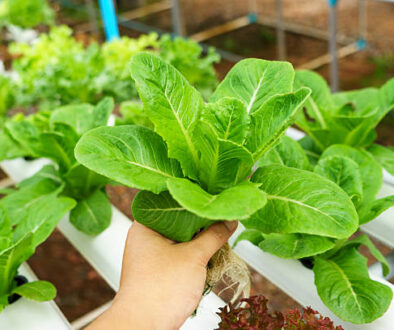Evening Primrose: The Natural Remedy for Skin and Nerves
This post may contain paid and/or affiliate links. I may earn a small commission at no extra cost to you.
If you’re looking for a gentle, natural way to care for your skin and nerves, evening primrose is a plant worth knowing about.
This beautiful flower isn’t just easy to grow at home; it’s also one of the most trusted medicinal plants used for calming and restoring balance.
Adding it to your healing herbs garden or herbal medicine garden means you’ll always have fresh remedies within reach.
Many people grow evening primrose in their medicinal herbs garden alongside other healing plants, making it a reliable choice for anyone interested in natural wellness and simple, at-home care.
What Makes Evening Primrose Special?
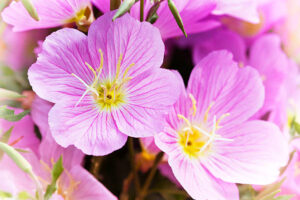
Evening primrose may look like just another pretty flower in the garden, but it carries a powerful history of healing.
For centuries, people have turned to this plant for its calming effect on the nerves, its soothing benefits for the skin, and its ability to balance overall wellness.
The seeds are especially valued for their oil, which is rich in gamma-linolenic acid (GLA), a type of fatty acid that supports skin repair, reduces inflammation, and helps regulate hormones.
When grown at home, evening primrose is more than a decorative flower; it becomes a living medicine chest right outside your door.
Whether you’re managing stress, dealing with skin flare-ups, or simply building your own source of natural remedies, this plant has much to offer.
Related:
- The Main Benefits of Having a Medicine Garden in Your Backyard
- How to Start a Medical Garden at Home for Natural Healing (Step-by-Step) Guide For Beginners
- Why Having a Medicine Herbs Garden at Home is The Best Thing You Can Do
Benefits of Evening Primrose
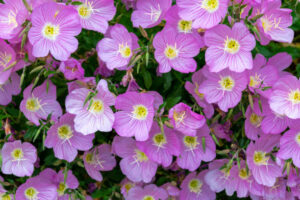
Skin Health
Evening primrose is widely used for its skin-soothing properties.
The oil from its seeds helps with conditions such as dryness, irritation, and redness.
Many people also use it for eczema, acne, and even to support smoother, healthier-looking skin overall.
Nerve Support
The plant’s calming effect on the nervous system makes it useful for reducing stress, anxiety, and mild nerve discomfort.
Evening primrose has a gentle way of supporting relaxation without being overpowering.
Hormonal Balance
Many women turn to evening primrose oil for menstrual discomfort and to ease symptoms of menopause.
Its natural compounds help regulate hormonal shifts, offering a more balanced sense of well-being.
Inflammation Relief
Evening primrose oil has anti-inflammatory effects that may ease joint pain, stiffness, and discomfort from mild inflammatory conditions.
How to Grow Evening Primrose at Home
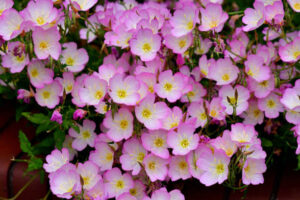
Evening primrose is not a difficult plant to grow, making it perfect for a home garden. With the right care, you can enjoy both its beauty and its healing benefits year after year.
Choosing the Right Spot
Evening primrose thrives in sunny locations with well-drained soil.
While it can tolerate partial shade, it blooms best with plenty of sunlight.
If you’re planning a medicinal herbs garden, place it where it can get at least six hours of direct sun daily.
Soil Preparation
The plant grows well in sandy or loamy soil that drains easily.
Avoid heavy, clay-like soil that holds water for too long. If needed, mix in compost or sand to improve drainage.
Planting Seeds
You can start evening primrose from seed. Sow seeds directly in the ground after the last frost, or start them indoors a few weeks earlier.
Scatter them lightly on the soil surface and gently press them in—they need light to germinate, so don’t bury them too deep. Seeds usually sprout in two to three weeks.
Watering and Care
Evening primrose doesn’t need constant watering once it’s established.
Keep the soil moist during germination, then water occasionally during dry spells.
Too much water can cause root problems, so it’s better to let the soil dry slightly between watering sessions.
Growth and Bloom
This plant typically blooms in its second year, producing beautiful yellow flowers that open in the evening.
Each bloom lasts only a short time, but the plant continues to produce flowers throughout the season.
Evening Primrose in a Healing Herbs Garden
Evening primrose makes a wonderful addition to a healing-focused garden.
Pairing it with other useful herbs and medicinal plants creates a natural pharmacy at home.
Some great companions include:
- Chamomile for relaxation and digestive support.
- Lavender for stress relief and sleep.
- Calendula for skin healing.
- Echinacea for immune strength.
By using garden companion planting, you can grow these plants side by side for mutual benefits.
For example, primrose attracts pollinators that also help other herbs in your garden thrive.
Harvesting and Using Evening Primrose
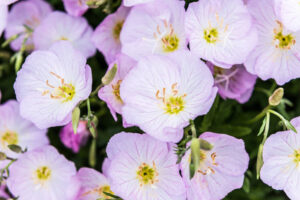
Harvesting Seeds
The most valuable part of evening primrose is its seeds. Once the flowers fade, they develop seed pods.
Harvest them when they are dry and brown, then store the seeds in a cool, dry place.
Making Tea
The leaves and roots can be dried and brewed into tea. This tea is often used for calming the nerves and soothing mild discomfort.
Evening Primrose Oil
While extracting oil at home can be tricky, the seeds are the source of the famous evening primrose oil.
If you want to use the oil, it’s easier to purchase it, but growing your own plants still connects you directly to this healing source.
Caring for Your Medicinal Herb Garden
Evening primrose doesn’t demand much, but keeping your medicinal herbs garden in good shape will help it thrive.
Regular weeding, occasional composting, and proper watering are all it needs.
The more care you give the garden, the more rewarding it becomes as a natural supply of remedies.
Consider labeling your plants, so you can easily remember their uses.
Many people enjoy drying their herbs at the end of the season and storing them in jars for year-round use.
Why You Should Add Evening Primrose to Your Garden
Adding evening primrose to your herbal medicine garden is a smart choice if you want a plant that’s both beautiful and practical.
Its blooms brighten the space, while its seeds and leaves offer natural healing.
Growing it yourself means you know exactly how it’s been cared for—no chemicals, no additives, just pure, natural wellness.
This plant is perfect for beginners and seasoned gardeners alike.
Whether your goal is to build a full medicinal plants collection or just add one powerful healing herb, evening primrose fits in beautifully.
Conclusion
Evening primrose is more than a flower; it’s a reliable companion for skin health, nerve support, and overall balance.
With simple care, you can grow it at home and enjoy its many benefits.
Adding it to your medicinal herbs garden means you’ll always have a trusted natural remedy nearby.
Whether you’re starting small or expanding an established healing space, evening primrose is a plant that truly earns its place in the garden.
FAQs
- Can evening primrose grow in pots?
Yes, evening primrose can be grown in containers as long as the pot is large enough and has good drainage. Choose a sunny spot and water as needed without letting the soil stay soggy. - How long does it take evening primrose to bloom?
Evening primrose usually blooms in its second year after planting. The flowers open in the evening and close by morning, giving the plant its name. - Is evening primrose safe for daily use?
Evening primrose oil is commonly used as a supplement and is generally considered safe. However, it’s always best to check with a healthcare professional before regular use, especially if you’re pregnant, nursing, or taking other medications. - Can I use fresh evening primrose leaves for tea?
Yes, you can use fresh leaves, but most people prefer drying them first. Drying helps preserve the leaves and gives the tea a smoother flavor.
